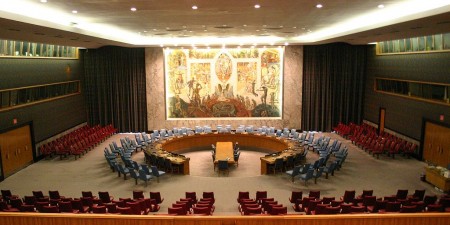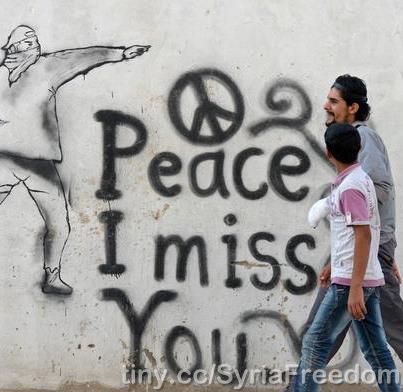
This article was originally published by IPI Global Observatory on 21 April 2016.
As the preparations for the May 2016 United Nations General Assembly’s high-level debate on peace and security intensify, prevention seems to be on everyone’s lips. The three 2015 UN global peace and security reviews that frame the debate have conveyed a common message: that the political instruments, tools, and mechanisms the world body deploys to address violent conflict all attest to the failure of early prevention. All three reports, not surprisingly, recommended a greater focus on prevention. UN Secretary-General Ban Ki-moon, in his follow-on report on the recommendations of one of these reviews, by the High Level Independent Panel on Peace Operations (HIPPO), wholeheartedly endorsed this.
The skeptics among political observers and those who have followed UN reforms over the years should not be blamed for asking, “So, what’s new?” This is not the first time that the UN and its member states, coming to grips with the woeful shortcomings of their responses to old and emerging global threats, have rediscovered the virtues of prevention. Nothing concentrates the mind more than imminent crisis and once that danger dissipates so does the political will needed, they would argue, to make prevention the first port of call before the outbreak of violence.


